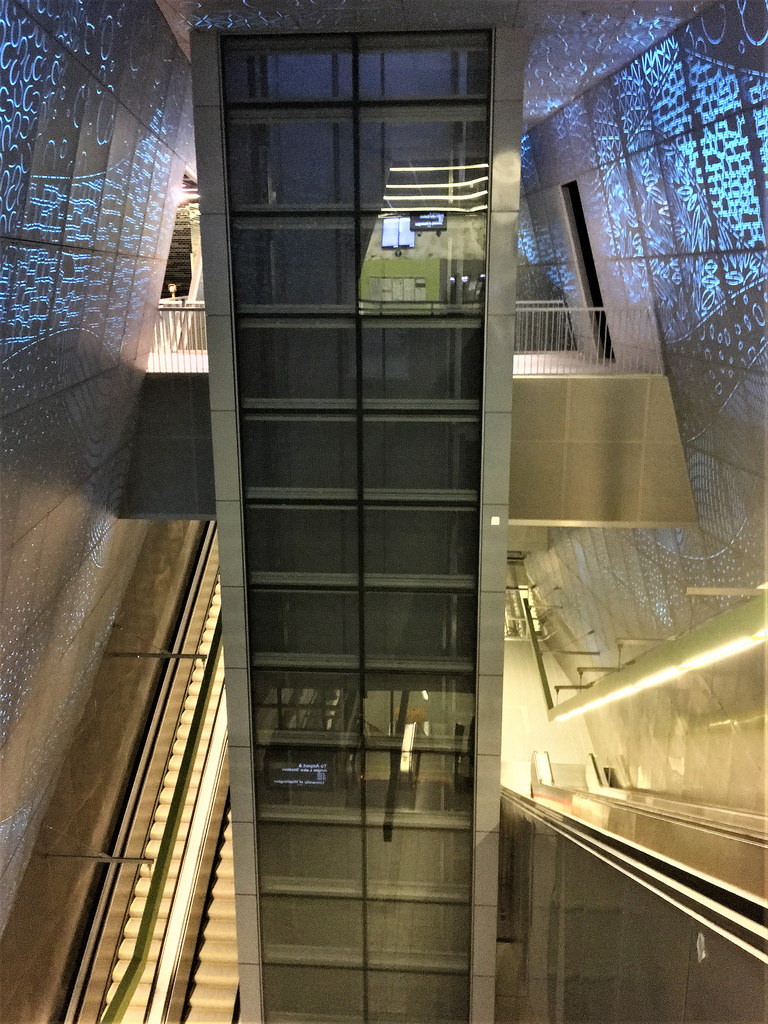Elevator Construction Animation
- Home Page 15

Rogers Building
The earliest installation of a passenger elevator in a university building in the United States was at the Massachusetts Institute of Technology in Cambridge. In 1861, Otis Brothers & Co., the company founded by Elisha Graves Otis, installed the first passenger elevator in this three-story structure that housed laboratories, classrooms, and offices for faculty and students.
This early installation of a passenger elevator marked an important milestone in the history of vertical transportation on college and university campuses, and it paved the way for the adoption of elevators in other educational institutions as they expanded in size and height over time.
Elevator Safety Code
Elevator, escalator and moving walk systems are among the most complicated systems in any urban environment, no less so than on the #WiseCampus in which many large research universities have 100 to 1000 elevators to safely and economically operate, service and continuously commission. These systems are regulated heavily at state and local levels of government and have oversight from volunteers that are passionate about their work.
These “movement systems” are absorbed into the Internet of Things transformation. Lately we have tried to keep pace with the expansion of requirements to include software integration professionals to coordinate the interoperability of elevators, lifts and escalators with building automation systems for fire safety, indoor air quality and disaster management. Much of work requires understanding of the local adaptations of national building codes.
Some university elevator O&M units use a combination of in-house, manufacturer and standing order contractors to accomplish their safety and sustainability objectives.
In the United States the American Society of Mechanical Engineers is the dominant standards developer of elevator and escalator system best practice titles; its breakdown of technical committees listed in the link below:
C&S Connect: ASME Proposals Available for Public Review
Public consultation on revisions to the Elevator Safety Code closes April 15th.
Safety Code for Existing Elevators and Escalators
Guide for Inspection of Elevators, Escalators, and Moving Walks
Guide for Elevator Seismic Design
As always, we encourage facility managers, elevator shop personnel to participate directly in the ASME Codes & Standards development process. For example, it would be relatively easy for our colleagues in the Phoenix, Arizona region to attend one or more of the technical committee meetings; ideally with operating data and a solid proposal for improving the A17 suite.
All ASME standards are on the agenda of our Mechanical, Pathway and Elevator & Lift colloquia. See our CALENDAR for the next online teleconferences; open to everyone. Use the login credentials at the upper right of our home page.
Issue: [11-50]
Category: Electrical, Elevators, #WiseCampus
Colleagues: Mike Anthony, Jim Harvey, Richard Robben, Larry Spielvogel
More:
Bibliography: Elevators, Lifts and Moving Walks
ISO/TC 178 Lifts, escalators and moving walks
Elevators and Conveying Systems
The International Code Council bibliography of elevator safety practice incorporates titles published by the National Fire Protection Association and the Institute of Electrical and Electronic Engineers. The relevant section of the International Building Code is therefore relatively short and linked below.
2021 International Building Code: Chapter 30 Elevators and Conveying Systems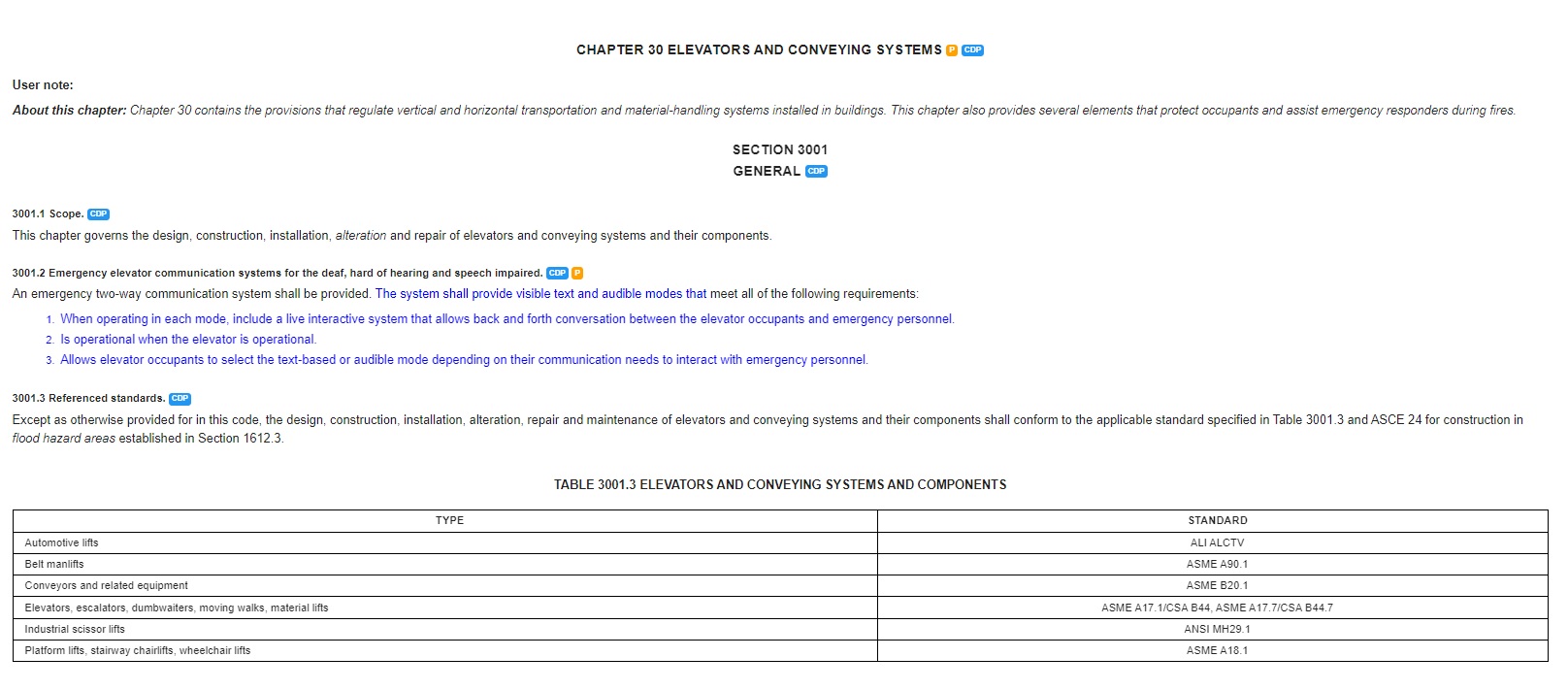
The 2021 IBC is the current edition but committees are now forming to developed the 2024 revision according to the schedule in the link below:
2024/2025/2026 ICC CODE DEVELOPMENT SCHEDULE
Relevant code change proposals for the Group A tranche of titles will be heard in Orlando, April 7-16, 2024.
United States Standards Strategy
This content is accessible to paid subscribers. To view it please enter your password below or send mike@standardsmichigan.com a request for subscription details.
Hospital Plug Load
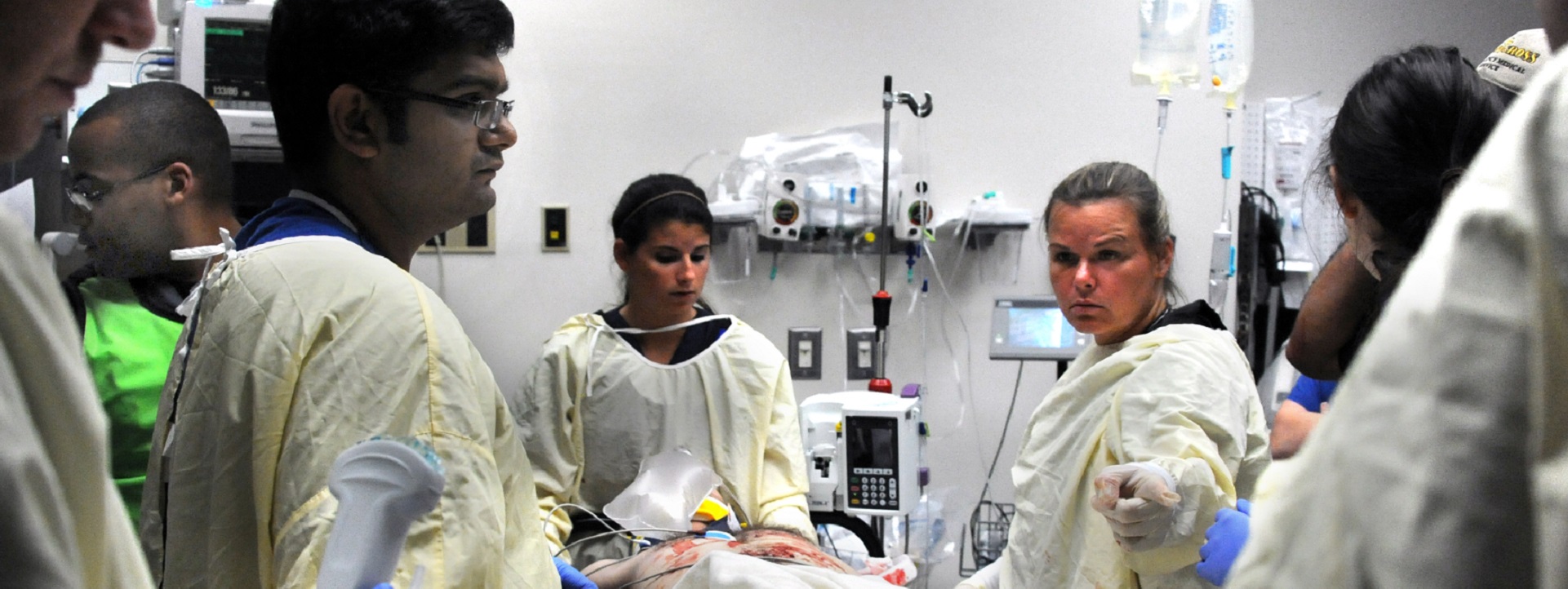
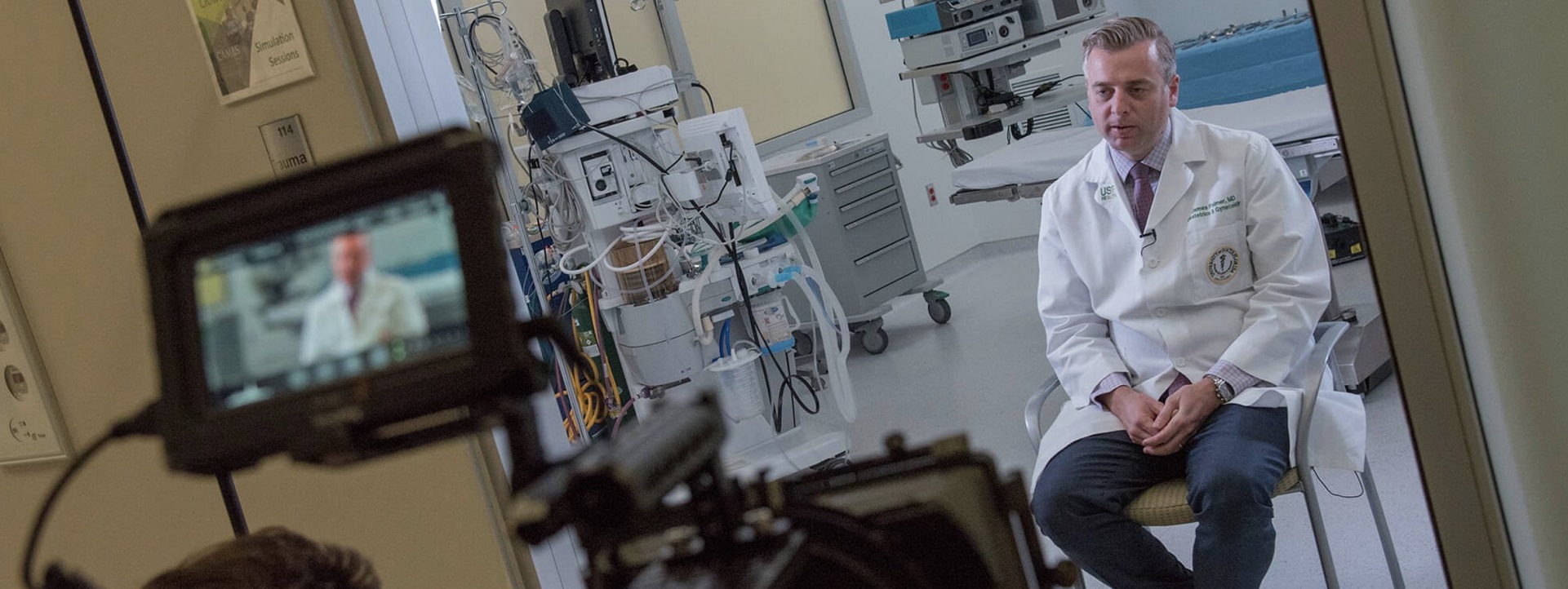
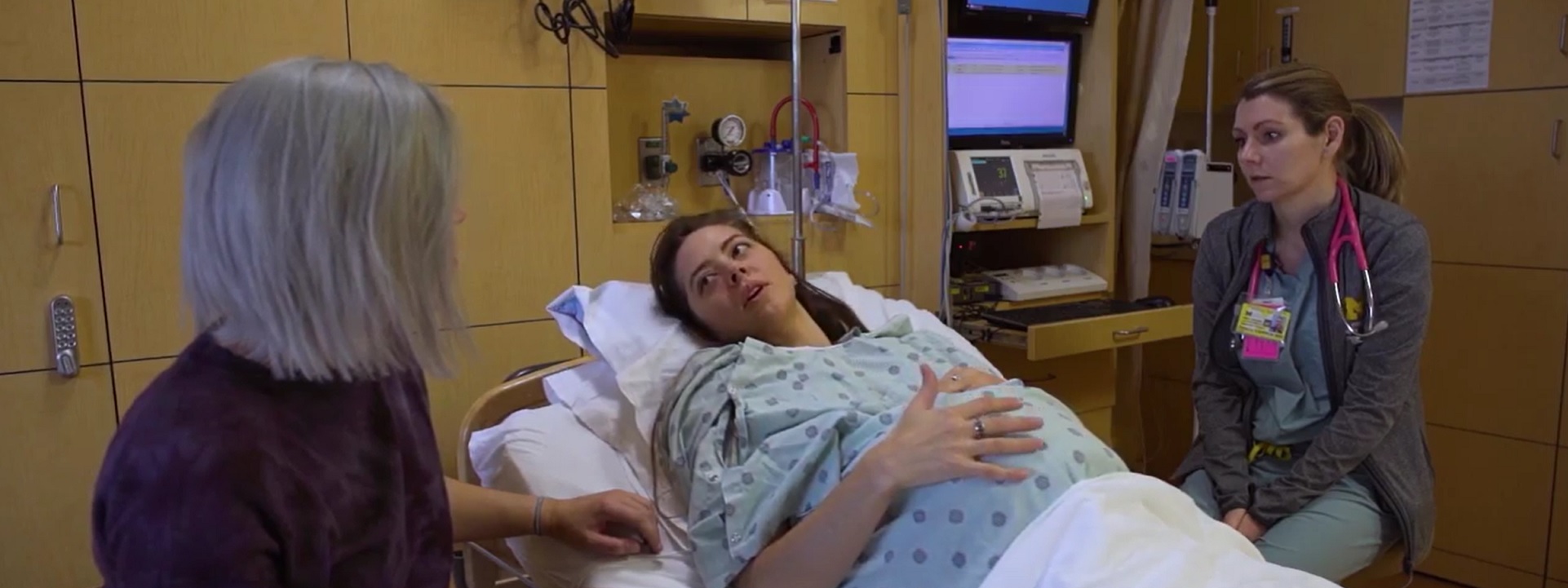
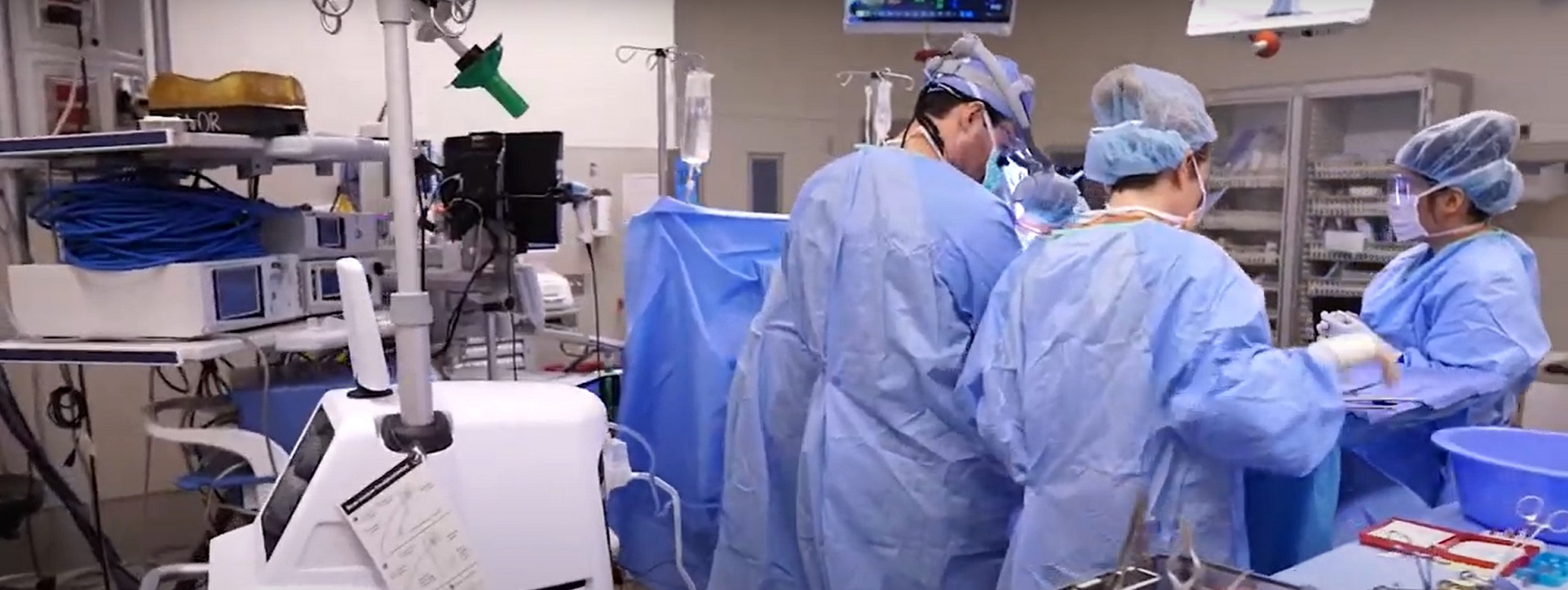
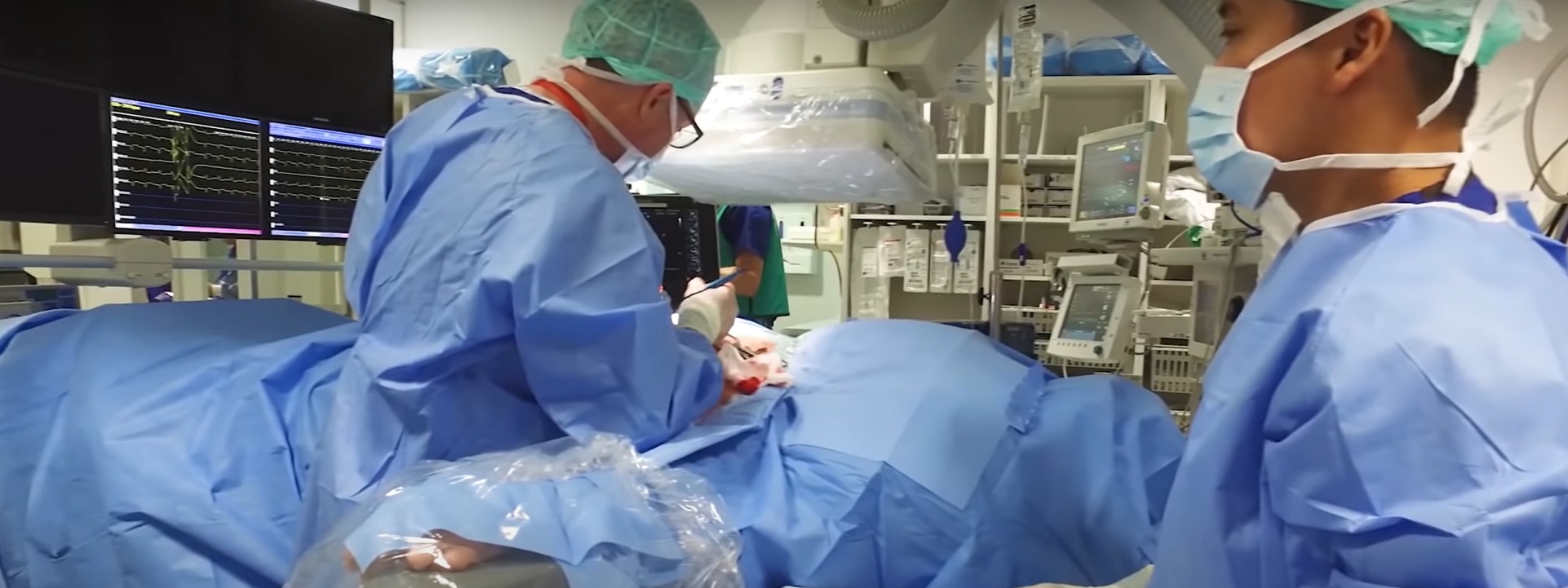
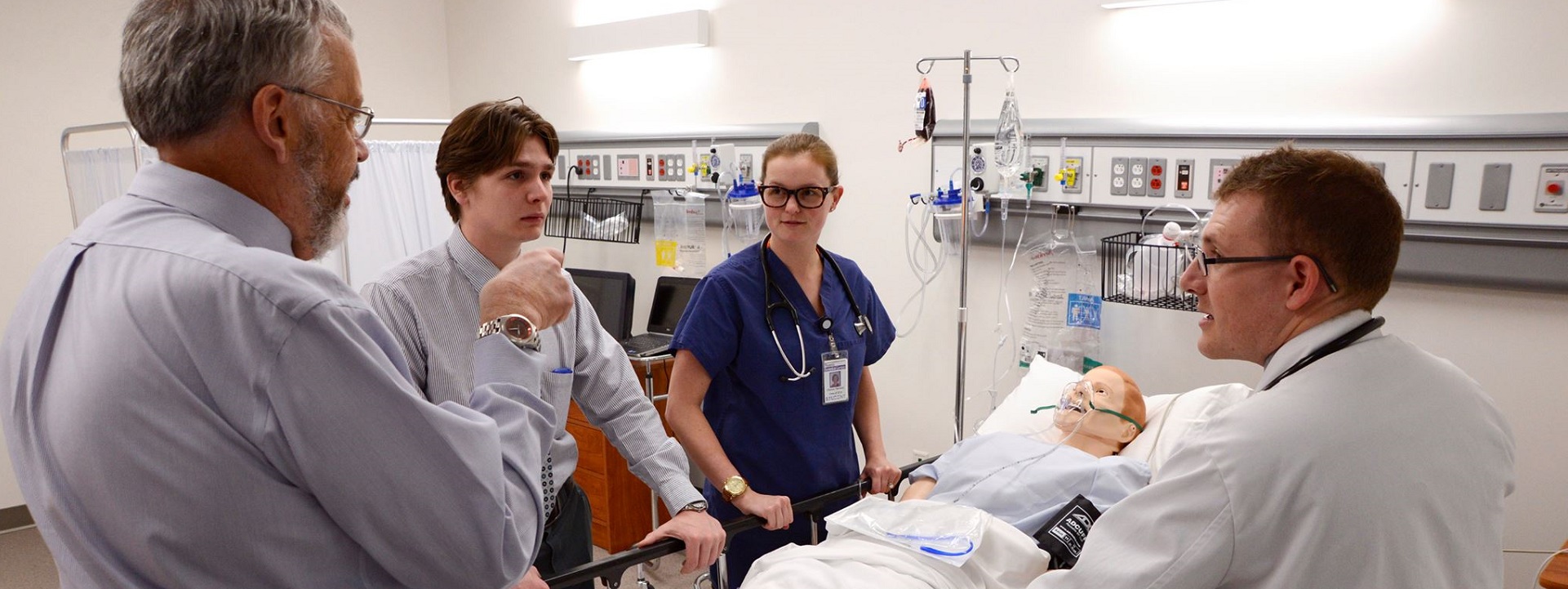
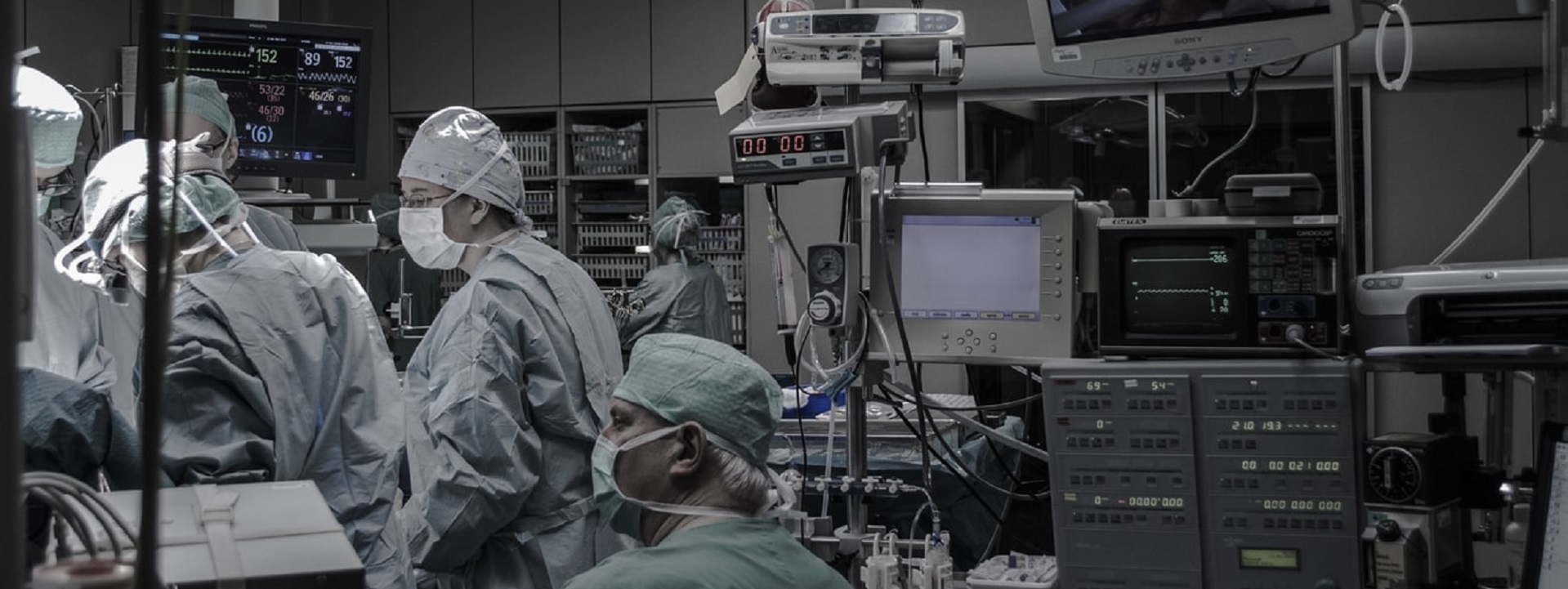

Today at 16:00 UTC we examine relatively recent transactions in electrotechnologies — power, information and communication technology — that are present (and usually required) in patient care settings. At a patient’s bedside in a hospital or healthcare setting, various electrical loads or devices may be present to provide medical care, monitoring, and comfort. Some of the common electrical loads found at a patient’s bedside include:
Hospital Bed: Electric hospital beds allow for adjustments in height, head position, and leg position to provide patient comfort and facilitate medical procedures.
Patient Monitor: These monitors display vital signs such as heart rate, blood pressure, oxygen saturation, and respiratory rate, helping healthcare professionals keep track of the patient’s condition.
Infusion Pumps: These devices administer medications, fluids, and nutrients intravenously at a controlled rate.
Ventilators: Mechanical ventilators provide respiratory support to patients who have difficulty breathing on their own.
Pulse Oximeter: This non-invasive device measures the oxygen saturation level in the patient’s blood.
Electrocardiogram (ECG/EKG) Machine: It records the electrical activity of the heart and is used to diagnose cardiac conditions.
Enteral Feeding Pump: Used to deliver liquid nutrition to patients who cannot take food by mouth.
Suction Machine: It assists in removing secretions from the patient’s airway.
IV Poles: To hold and support intravenous fluid bags and tubing.
Warming Devices: Devices like warming blankets or warm air blowers are used to maintain the patient’s body temperature during surgery or recovery.
Patient Call Button: A simple push-button that allows patients to call for assistance from the nursing staff.
Overbed Tables: A movable table that allows patients to eat, read, or use personal items comfortably.
Reading Lights: Bedside lights that allow patients to read or perform tasks without disturbing others.
Television and Entertainment Devices: To provide entertainment and alleviate boredom during the patient’s stay.
Charging Outlets: Electrical outlets to charge personal electronic devices like smartphones, tablets, and laptops.
It’s important to note that the specific devices and equipment present at a patient’s bedside may vary depending on the level of care required and the hospital’s equipment standards. Additionally, strict safety measures and electrical grounding are essential to ensure patient safety when using electrical devices in a healthcare setting.
We have been tracking the back-and-forth on proposals, considerations, adoption and rejections in the 3-year revision cycles of the 2023 National Electrical Code and the2021 Healthcare Facilities Code. We will use the documents linked below as a starting point for discussion; and possible action:
NFPA 99:
Electrical Systems (HEA-ELS) Public Input
Electrical Systems (HEA-ELS) Public Comment
NFPA 70:
Fire Protection Research Foundation:
Electric Circuit Data Collection: An Analysis of Health Care Facilities (Mazetti Associates)
iDesign Services
IEEE Education & Healthcare Facility Electrotechnology
There are many other organizations involved in this very large domain — about 20 percent of the US Gross Domestic Product.
Ahead of the September 7th deadline for new proposals for Article 517 for the 2026 National Electrical Code we will examine their influence in other sessions; specifically in our Health 100,200,300 and 400 colloquia. See our CALENDAR for the next online meeting; open to everyone.
Plug Load Management: Department of Energy By the National Renewable Energy Laboratory
Gallery: Dance
This content is accessible to paid subscribers. To view it please enter your password below or send mike@standardsmichigan.com a request for subscription details.
Style Men
This content is accessible to paid subscribers. To view it please enter your password below or send mike@standardsmichigan.com a request for subscription details.
New update alert! The 2022 update to the Trademark Assignment Dataset is now available online. Find 1.29 million trademark assignments, involving 2.28 million unique trademark properties issued by the USPTO between March 1952 and January 2023: https://t.co/njrDAbSpwB pic.twitter.com/GkAXrHoQ9T
— USPTO (@uspto) July 13, 2023
Standards Michigan Group, LLC
2723 South State Street | Suite 150
Ann Arbor, MI 48104 USA
888-746-3670





